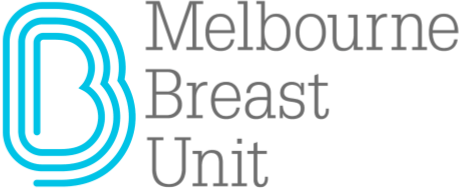Breast Uplift After Weight Loss
What Is Breast Lift After Weight Loss?
Breast Lift After Weight Loss is a procedure to reshape and improve the appearance of breasts after a patient undergoes significant loss of weight, often after ‘bariatric’ or gastric sleeve or gastric band surgery.
Rapid loss of weight results reduced skin elasticity, resulting in sagging breasts. Breast lift is opted to return the breasts and nipples to a more natural appearing position on the chest, making them more attractive.
This procedure is also known as Mastopexy.
What Conditions Does Breast Lift After Weight Loss Help?
Breast lift after weight loss helps in cases where rapid weight loss has resulted in excess skin, sagging breasts and areola and nipples pointing downwards.
It is also performed as cosmetic surgery for individuals requiring a more attractive breast reshaping after weight loss.
Why is Breast Lift After Weight Loss Required?
When an individual goes through significant weight loss, there are high chances that the breast skin might experience loss of laxity, resulting in sagging breasts. This can result in reduced quality of life as the women might experience embarrassment by their appearance.
Breast lift after weight loss is required to restore the natural shape of their breasts, thus allowing them to experience improved self-esteem and restored confidence.
Who Is Breast Lift After Weight Loss Suitable for?
Breast lift after weight loss is suitable for any individual who is:
- Aged 18 and above.
- Not suffering from chronic conditions such as hypertension or diabetes.
- Suffers from sagging breasts with areolae and nipples facing downward.
- Not planning a pregnancy or breastfeeding in the near future after the procedure.
Preparation Before Breast Lift After Weight Loss
Breast lift is an inpatient procedure, performed by an oncoplastic or plastic surgeon. In order to prepare for the surgery, the patient should be adequately counselled to ensure they understand all the aspect of the surgery they are going through and the anticipated outcome.
A complete history and physical examination are completed to determine eligibility for the procedure, which will include lab tests and a mammogram. The patient and doctor discuss their expectations and probable final shapes of the breasts after the surgery.
The patient is also advised to stop smoking and use of anti-inflammatory medicines including aspirin before treatment, to reduce chances of bleeding.
Steps in Breast Lift After Weight Loss
Breast lift surgery is performed under general anesthesia. The steps include:
- Administration of general anesthesia
- The surgeon proceeds to make a circular incision around the areola that extends downwards, and other incisions extending to breast creases, both vertically and horizontally
- The surgeon then proceeds to remove excess skin and reshapes the breasts resulting in higher positioning of the nipples.
- After repositioning the nipple and its surrounding areola, the surgeon finalizes the new shape of the breast and closes up using sutures.
- A Prevena or gauze dressing is used to cover up the breasts and the patient is shifted to recovery after being awoken from anesthesia.
- In certain cases, drainage tubes may be added to allow removal of excess fluid and blood.
The complete procedure can take two to three hours.
What Should I Expect After Breast Lift After Weight Loss?
Once stable, the patient is discharged, on the same day or after spending a night at the hospital. The patient will also be prescribed pain medication as well as antibiotics to be used as instructed. For the first few weeks, the breasts might be extra sensitive and tender, and there also can be swelling and bruising.
The doctor will advise the patient to limit physical excursions for up to a month and allow the breasts to heal. The doctor will recommend the patient to make timely follow up visits to remove stitches and for monitoring recovery.
Possible Risk or Complications of Breast Lift After Weight Loss
Breast lift after weight loss carries all the risks associated with any major surgery, such as infection, bleeding and a severe allergic reaction to anesthesia. In addition to these generalized risks, breast lift surgery can also lead to:
- Temporary bruising and more permanent scarring.
- Loss of feeling and sensation in the nipples and areolar region.
- Added difficulties or complete inability to do breastfeeding.
- Symmetrical issues between the two breasts, in size and shape, requiring additional surgery to correct.
For any further information feel free to contact us on (03) 9419 1166
or via email breastunit@breastunit.com.au



